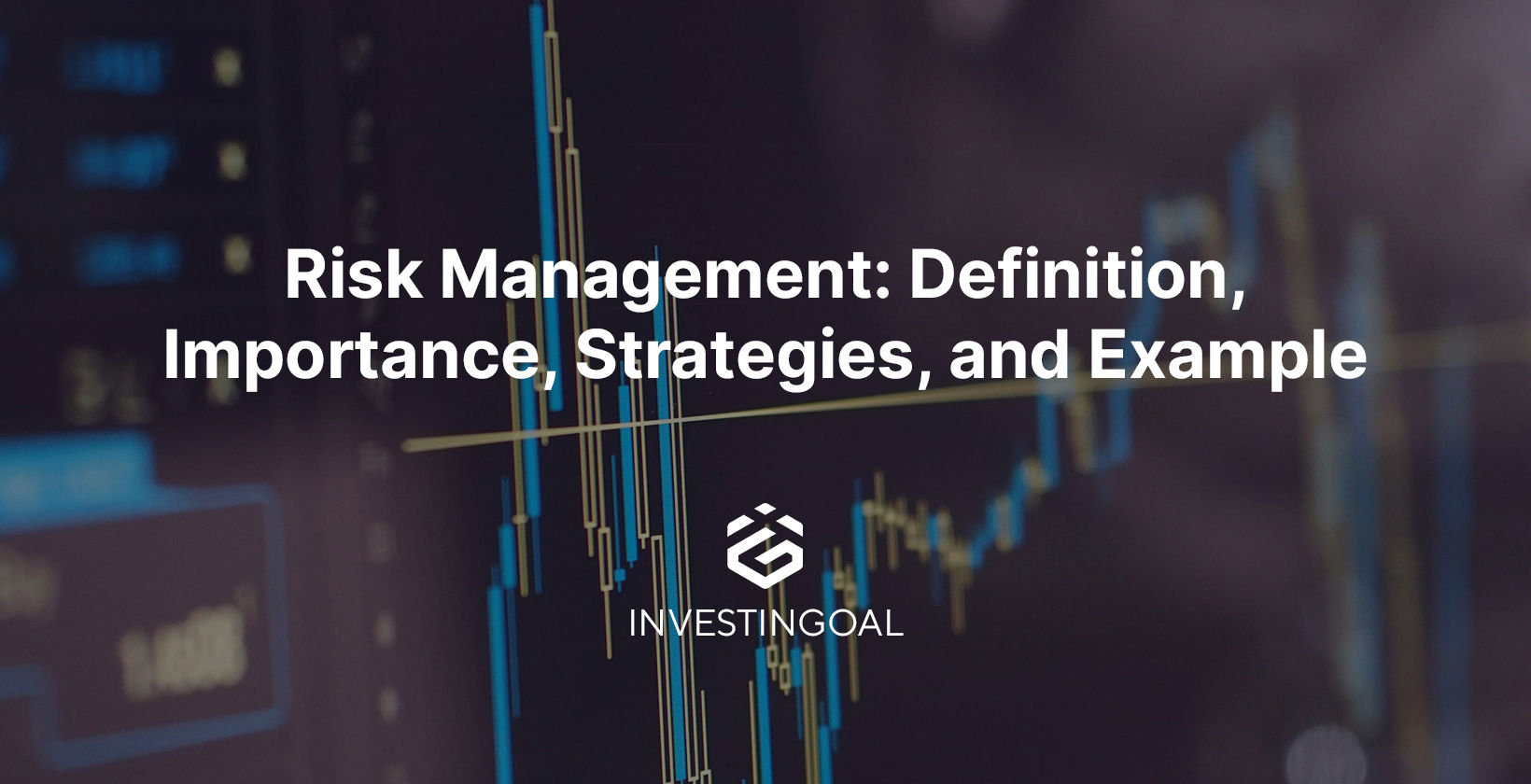Navigating the Difficulties: Understanding the Importance of Risk Management
Navigating the Difficulties: Understanding the Importance of Risk Management
Blog Article
The Critical Value of Risk Management in Getting Business Goals
This is where Risk Management steps in, supplying an organized method to identifying, evaluating, and mitigating possible obstacles to proceed. As we check out the essential role of Risk Management in achieving organizational objectives, one can not aid but wonder: exactly how does this equate right into real-world success?
Recognizing the Principle of Risk Management in Business
:max_bytes(150000):strip_icc()/operational_risk.asp-Final-4be32b4ee5c74958b22dfddd7262966f.png)
The Important Function of Risk Management in Strategic Preparation
Incorporating Risk Management right into calculated preparation serves as a secure for companies, anchoring their long-term plans with a strong structure of preparedness and resilience. It operates as the company's radar, spotting prospective threats and vulnerabilities that might interfere with the course in the direction of achieving their specified goals. Risk Management uses a structure for expecting unpredictabilities and devising suitable actions, guaranteeing the company's survival and success also despite difficulty. By including Risk Management right into strategic planning, organizations can transform these uncertainties into opportunities for growth and advancement. This calculated interweaving of Risk Management promotes flexibility, making companies much more durable and enabling them to navigate the ever-changing company landscape with confidence. Subsequently, Risk Management comes to be a crucial tool in critical preparation, important in safeguarding sustainable success.

Strategies for Identifying, Assessing, and Prioritizing Risks
Browsing the facility landscape of threats calls for the application of certain strategies for their prioritization, analysis, and recognition. The procedure begins with Risk recognition, using tools such as SWOT analysis, which helps in determining possible dangers and opportunities. Next, Risk evaluation is carried out to identify the prospective effect and likelihood of each Risk. Tools such as Risk matrices and impact-probability graphes are utilized for this. Finally, threats are prioritized based on their possible impact and likelihood, allowing organizations to concentrate their sources on high-priority dangers. This organized method guarantees a thorough understanding of the Risk landscape, allowing companies to make enlightened decisions and successfully take moved here care of threats to achieve their goals - importance of risk management.
Protecting Organizational Operations Through Effective Risk Management
In the business landscape stuffed with unpredictabilities, reliable Risk Management plays a crucial duty in guarding business procedures. It works as a safety shield, reducing the unfavorable effects of potential threats and guaranteeing the smooth functioning of all procedures. By recognizing and examining prospective risks, Risk Management allows organizations to establish durable backup plans. This preventive strategy help in maintaining functional security, even when challenged with unanticipated situations. In essence, Risk Management is the lifeline that keeps the organizational procedures afloat among unstable waters. It guarantees not just the survival however the sustainable development of an organization, making it a vital tool in attaining service objectives. Therefore, organizations must buy extensive Risk Management approaches to secure their operations.

Transforming Potential Risks to Opportunities: The Power of Risk Management
A positive technique to take the chance of Management entails recognizing, assessing, and prioritizing threats to devise strategies that turn them into potential benefits. Hence, by leveraging the power of Risk Management, companies can not just safeguard their procedures yet additionally spur check my site growth and achieve their objectives in an unpredictable business setting.
Instance Studies: Success Stories of Risk Management Driving Service Objectives
Successful application of Risk Management techniques has actually yielded remarkable outcomes in different businesses, emphasizing the qualities of this approach. Multinational business like Microsoft and Google, for instance, have actually leveraged Risk Management to lessen threats and make use of possibilities, driving their company purposes forward. These examples highlight how successful Risk Management can not only steer organizations clear of potential risks but also assist them in the direction of their tactical goals.
Verdict
In conclusion, Risk Management is basically essential in accomplishing business objectives. It offers a methodical strategy to identifying, evaluating, and resolving possible threats and chances. Greater than simply mitigating threats, it additionally fosters development, durability, and lasting development. By incorporating Risk Management into calculated preparation, businesses can better navigate uncertainties, protect procedures, and capitalise on possibilities, therefore aligning with long-term objectives.
At its core, Risk Management is the process of identifying, assessing, and addressing potential hazards that can adversely impact an organization's operations or goals. Next, Risk evaluation is conducted to establish the prospective effect and possibility of each Risk. Threats are focused on based on their prospective impact and probability, permitting organizations to focus their sources on high-priority threats. By recognizing and evaluating potential dangers, Risk Management allows companies to check this establish durable contingency strategies. A positive approach to take the chance of Management entails determining, assessing, and focusing on risks to create techniques that transform them into possible benefits.
Report this page